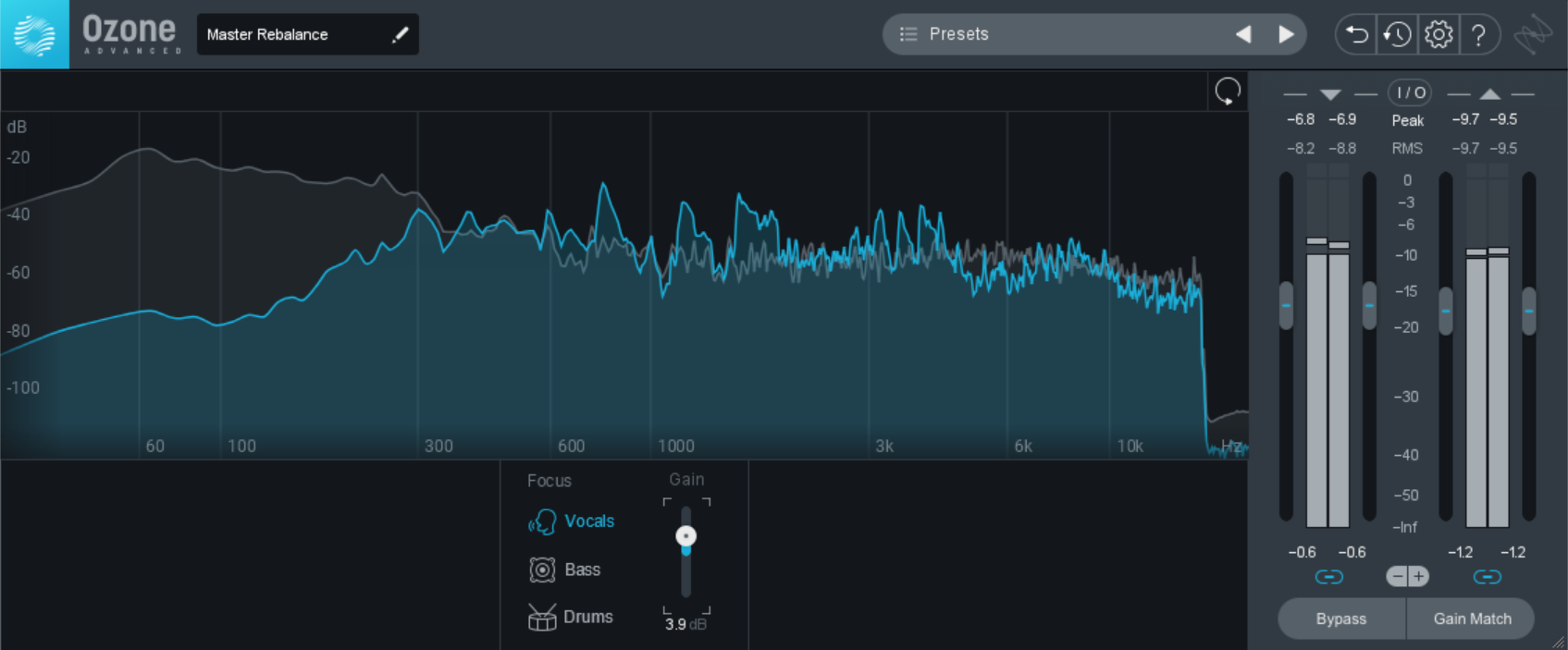

This seems pretty obvious, until we get into degrees of nulling. If I don’t have silence, I know the two tracks are different.

If I take a track, copy it, and flip the polarity, it will give me silence when I hit play-the files will null. Simply put, null tests constitute incontrovertible evidence that a track has been manipulated or affected. What does this mean? When I line up the original file with the resulting, separating stems, I can flip the polarity of the original track, and I’m left with a file that is barely audible, and measures a measly -65 LUFS in the meters. Now maybe I’m a huge dork, but this gets me really excited: RX 8 creates stems that null to a much greater degree with the original track. We can export our resultant files and bring them into our DAW-undeniably useful in a variety of circumstances.


 0 kommentar(er)
0 kommentar(er)
